Scotland’s landscapes have always looked like something pulled straight out of legend. Towering castles, rugged cliffs, and misty valleys have drawn filmmakers looking for the perfect setting to bring fantasy stories to life. Sword-and-sorcery films in particular seem right at home here, with locations that feel otherworldly yet deeply historic at the same time.
Here is a list of 15 places in Scotland where sword-and-sorcery films left their mark.
Dunnottar Castle, Aberdeenshire
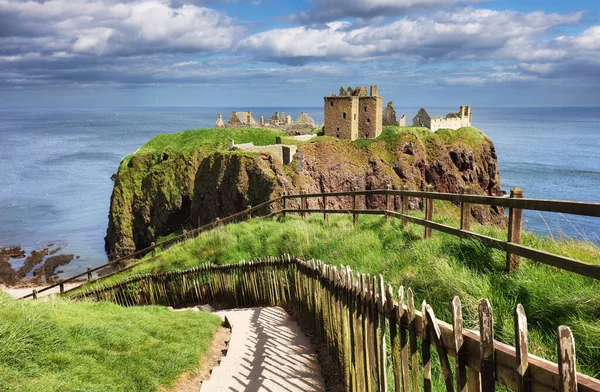
This very imposing sight upon the North Sea cliff, Dunnottar, hardly requires a Hollywood touch. The fortress, with medieval ruins, was a fitting setting for the film Hamlet (1990), which required an old castle.
It is easy to picture ramparts filled with clashing armies here-the jagged landscape, stormy skies, and crashing waves. It has been easy for movie-makers to translate the raw spirit of this location into the world of that genre.
Eilean Donan Castle, Highlands
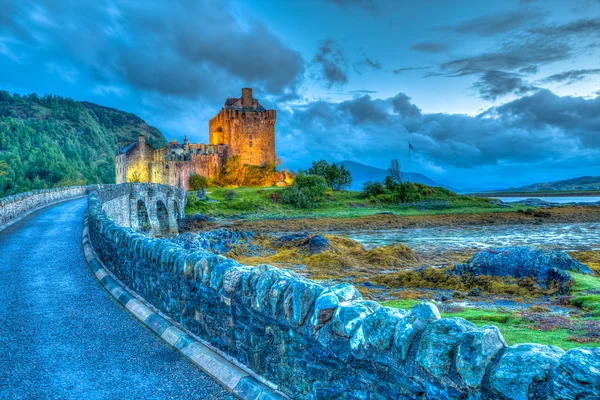
Probably one of Scotland’s most photographed castles, Eilean Donan has appeared in countless productions. It appeared memorably in Highlander (1986), among other productions. Surrounded by water and connected to land by a stone bridge, it instantly feels cinematic.
Its symmetry and setting give it a storybook quality, which works perfectly in sword-and-sorcery films. The location blends grandeur with isolation, a mix that suits both magic and battle scenes.
Like Travel Pug’s content? Follow us on MSN.
Glen Nevis, Fort William
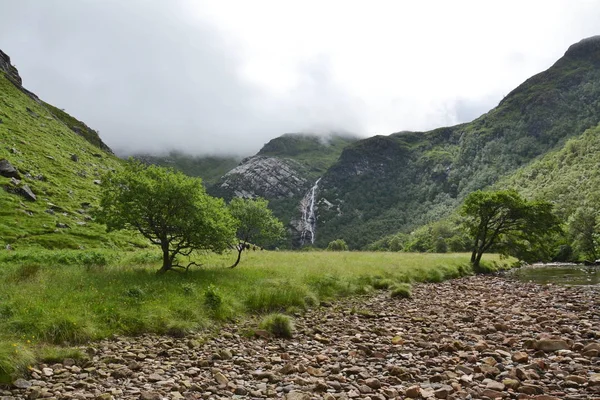
This valley near Ben Nevis has long been a favorite for filmmakers thanks to its dramatic peaks and rolling green slopes. Sword-and-sorcery stories often need sweeping landscapes for armies to march across or heroes to begin their journeys, and Glen Nevis fits the bill.
The wide spaces let directors stage large, cinematic scenes without distraction. It’s the kind of place that naturally looks epic through a camera lens.
Blackness Castle, West Lothian
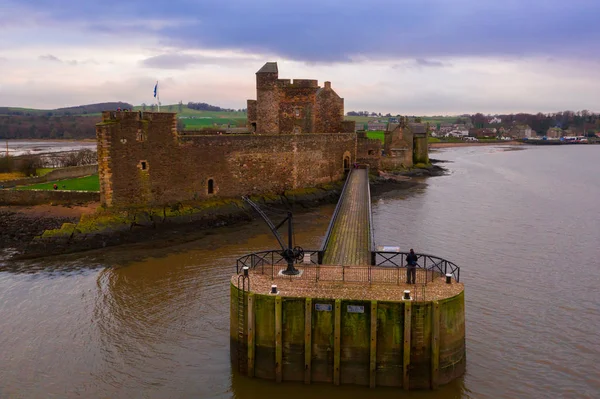
Nicknamed ‘the ship that never sailed’ because of its shape, Blackness Castle sits on the edge of the Firth of Forth. Its dark stone and fortified design give it a brooding presence perfect for fantasy films.
Directors often use it as a stand-in for villainous strongholds or places where dramatic confrontations unfold. The atmosphere here leans more toward grim than romantic, making it ideal for sword-and-sorcery settings.
Isle of Skye, Inner Hebrides
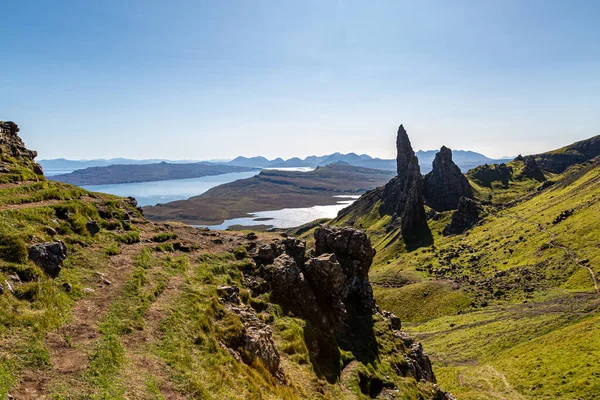
The Isle of Skye doesn’t just look magical—it feels magical. Jagged cliffs, strange rock formations, and mist-covered hills create a landscape that barely seems real. Sword-and-sorcery films use this surreal quality to their advantage, filming scenes where nature itself feels like a character.
Few places can match its combination of mystery and scale.
Like Travel Pug’s content? Follow us on MSN.
Doune Castle, Stirling

This castle has become famous for its appearances in film and television, including fantasy productions that need a versatile medieval setting. Its preserved halls and towers allow for both interior and exterior shots without relying on heavy set-building.
The site captures the rugged authenticity of Scotland’s castles while remaining accessible for large crews. That mix has made it a go-to choice for sword-and-sorcery stories.
Rannoch Moor, Perth and Kinross

Bleak, wide, and desolate, Rannoch Moor often serves as a backdrop for darker, more dramatic scenes. Its boggy landscape stretches for miles, giving filmmakers a natural setting for journeys through dangerous or cursed lands.
Sword-and-sorcery films use it to underline the harshness of the world their heroes must cross. The openness of the moor translates to loneliness and struggle on screen.
Stirling Castle, Stirling
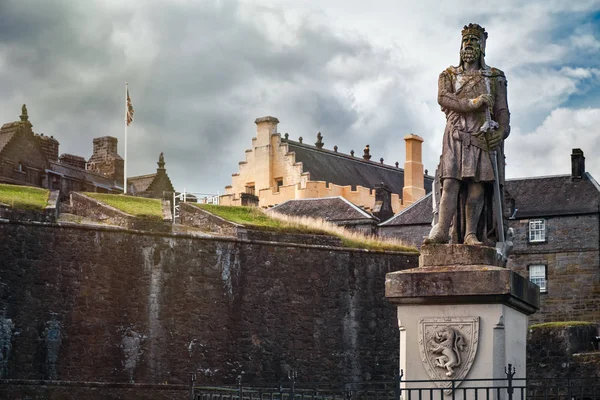
Grand and imposing, Stirling Castle has stood at the heart of Scottish history for centuries. In film, its scale and design make it a natural fit for royal courts, fortresses, and battle preparations.
Sword-and-sorcery productions often use its interiors for throne rooms and chambers that need an authentic medieval atmosphere. The castle’s presence adds instant weight to any scene.
Like Travel Pug’s content? Follow us on MSN.
Quiraing, Isle of Skye
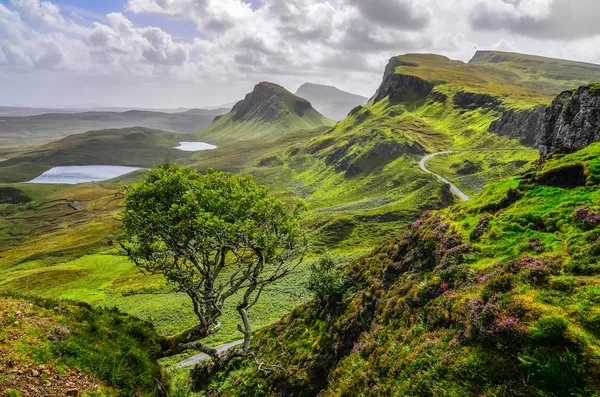
This landslip on the Isle of Skye creates some of the most unusual terrain in Scotland. Jagged pinnacles, grassy slopes, and dramatic cliffs give it a setting that feels sculpted for fantasy. Sword-and-sorcery films often choose it for scenes where landscapes need to feel unearthly yet believable.
The Quiraing provides exactly that balance, offering visuals that stick in the memory.
Tantallon Castle, East Lothian
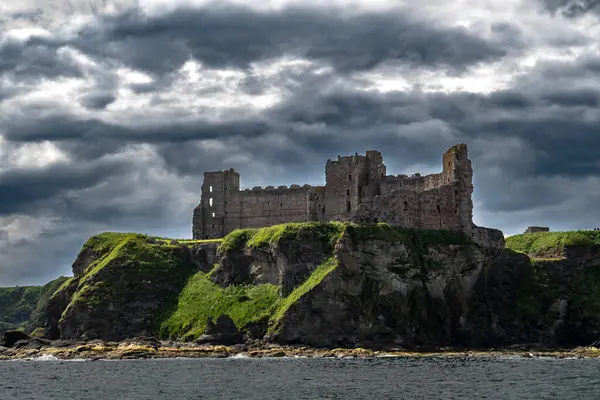
Overlooking the North Sea, Tantallon Castle is a ruin with commanding views. Its half-collapsed walls add drama and give filmmakers a ready-made atmosphere for stories about fallen kingdoms.
The exposed coastal setting makes every scene look windswept and intense. Sword-and-sorcery films have leaned on that combination to suggest both grandeur and decay.
Glen Coe, Highlands
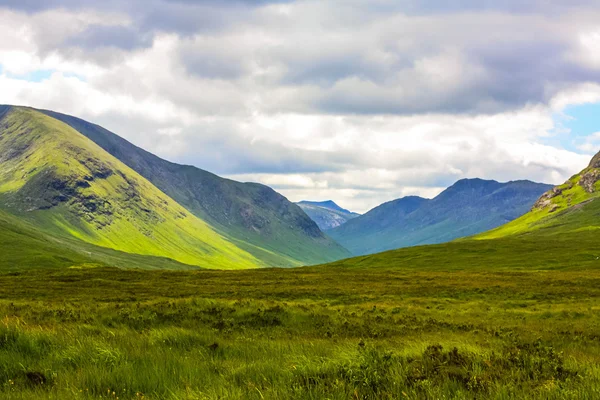
Few landscapes in Scotland are as striking as Glen Coe. Its towering mountains and steep valleys set the stage for dramatic confrontations and long journeys alike. Filmmakers often use its moody weather and natural light to heighten the sense of struggle or triumph.
In sword-and-sorcery films, it becomes the perfect backdrop for both battles and mystical encounters.
Like Travel Pug’s content? Follow us on MSN.
Caerlaverock Castle, Dumfries and Galloway

Unlike most Scottish castles, Caerlaverock has a triangular layout surrounded by a moat. This unusual design makes it visually distinctive on screen, which directors love. Sword-and-sorcery productions have used it to suggest places that feel slightly out of the ordinary without straying from historical realism.
Its setting in the lowlands also offers a different flavor from the Highland castles.
Old Man of Storr, Isle of Skye

This famous rock formation rises dramatically against the sky, giving filmmakers an instantly recognizable landmark. Sword-and-sorcery films often frame it as a place of prophecy, magic, or ancient battles.
The landscape here naturally suggests mystery and legend without needing much cinematic trickery. The Old Man of Storr embodies Scotland’s ability to turn geology into storytelling.
Edinburgh Castle, Edinburgh
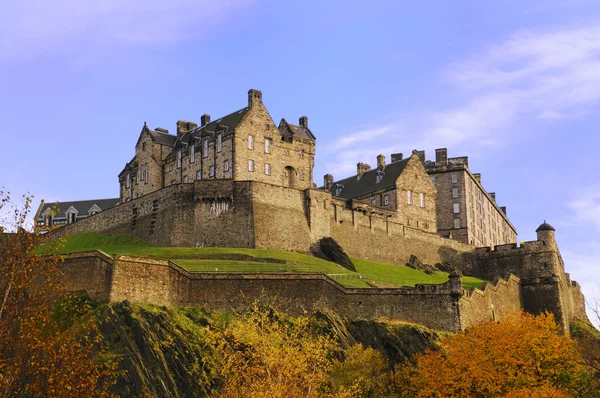
As one of the most iconic landmarks in Scotland, Edinburgh Castle has appeared in films that needed both scale and recognition. Its position above the city makes it visually powerful, while its history adds authenticity to any medieval setting.
Sword-and-sorcery productions use it for both sweeping exterior shots and close-up fortress details. It brings instant gravitas to scenes that require an imposing royal stronghold.
Like Travel Pug’s content? Follow us on MSN.
Glen Etive, Highlands
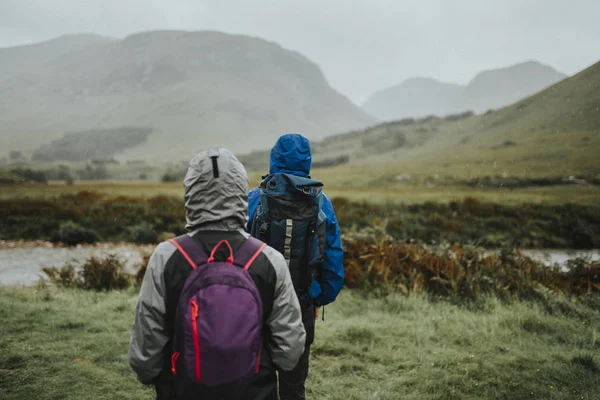
Flowing rivers, rugged hills, and narrow valleys define Glen Etive. Filmmakers often use it for quieter, more emotional scenes that still need epic scenery. Sword-and-sorcery films find it useful for journeys, pilgrimages, or meetings between characters in wild places.
The setting offers grandeur without overshadowing the story itself.
Where myth and cinema meet
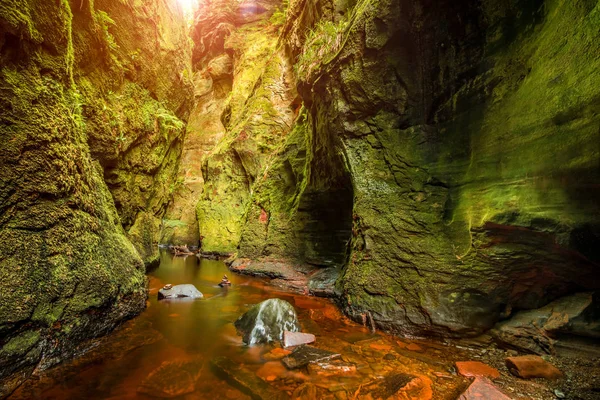
What makes Scotland special for sword-and-sorcery films is how its landscapes blur the line between reality and legend. These castles, cliffs, and valleys carry centuries of history, yet they feel timeless enough to host stories of magic and battle. Visiting them today, you see both the real Scotland and the imaginary worlds it has inspired on screen.
The country’s natural and historic settings prove why filmmakers keep returning whenever they need places that look larger than life.
More from Travel Pug

- 20 Best Beach Towns in the Carolinas
- 13 Destinations Where Tourists Regularly Regret Their Trip
- 20 Things You Actually Get in First Class
- 20 Small Airports With Aviation Museums
- 20 Places in the U.S. That Are Perfect for a Reset Trip
Like Travel Pug’s content? Follow us on MSN.
